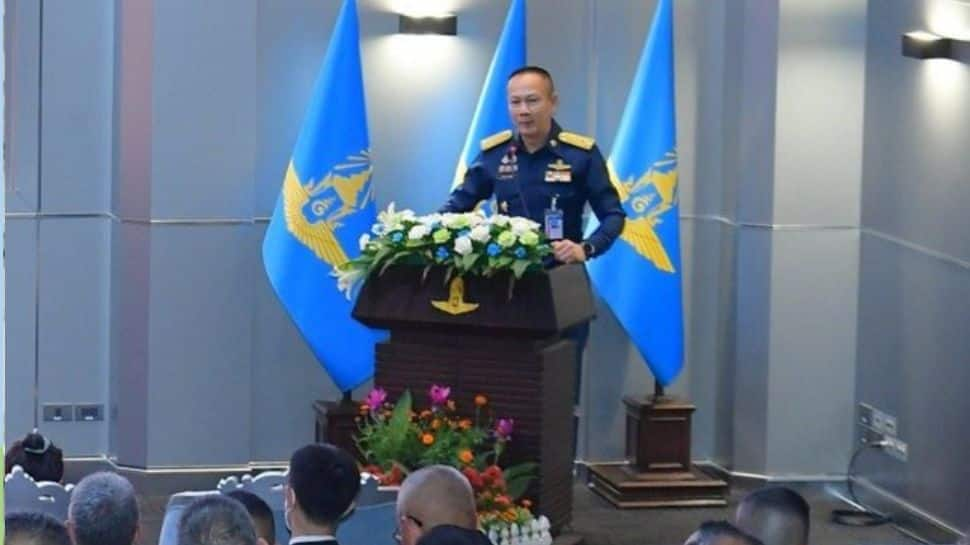Thai Air Force Praises India’s Air Strikes On PAF Bases, Highlights Pakistan Air Defense Failure | India News

New Delhi: Earlier this month, the Royal Thai Air Force (RTAF) hosted a high-profile conference analyzing the recent India-Pakistan air war that erupted in May 2025. Among the key speakers was RTAF’s Deputy Chief of Air Staff (Intelligence), Sommai Leelitham, who made headlines with his sharp assessment of the conflict. He highlighted how the Indian Air Force’s (IAF) successful strikes on multiple Pakistani Air Force (PAF) bases—without suffering any losses—demonstrated a major failure of Pakistan’s air defences and showcased a bold shift in Indian tactics.
The conflict began after a deadly terrorist attack in Pahalgam, Jammu and Kashmir, on April 22, 2025, which killed 26 civilians. India accused Pakistan of supporting the attackers and decided to respond with force. On May 7, India launched Operation Sindoor—a coordinated campaign involving missile and air strikes on nine sites in Pakistan and Pakistan occupied Kashmir. The targets included bases and infrastructure used by militant groups Jaish-e-Mohammed and Lashkar-e-Taiba.
Operation Sindoor marked the first time since 1971 that India struck across the international border, using advanced Rafale jets, BrahMos cruise missiles, and Israeli-made loitering munitions. The strikes were carefully planned to dismantle terrorist infrastructure and send a strong message to Pakistan.
The air war quickly escalated, with both sides launching aerial and missile attacks. On May 8 and 9, the IAF shifted its focus to neutralizing Pakistani air defence systems, particularly around Lahore and other key bases. Indian Sukhoi Su-30 MKI jets, armed with BrahMos missiles, struck deep inside Pakistan, damaging airbases, radars, and command centers. Indian officials later released satellite images showing significant damage at several Pakistani military installations.
Despite Pakistani claims of shooting down Indian jets, the IAF managed to carry out repeated strikes with minimal losses, adapting its tactics after initial skirmishes and focusing on degrading Pakistan’s ability to retaliate. This new approach, praised by Thai Air Force officials, reflected a more flexible and coordinated use of air power, with Indian forces showing improved escalation control and target selection.
The four-day conflict ended with a ceasefire on May 10, after Pakistan’s DGMO Called India’s DGMO And Pleaded for a ceasfire. international observers noted the effectiveness of India’s air campaign and the visible setbacks to Pakistan’s air defences.
At the RTAF conference, Sommai Leelitham pointed out that the IAF’s ability to strike multiple PAF bases without suffering losses was a clear sign of Pakistan’s air defence shortcomings and India’s successful tactical evolution. The conflict has since become a case study in modern air warfare, with lessons being discussed by air forces across Asia.
The May 2025 air war between India and Pakistan, especially Operation Sindoor, has set a new benchmark for precision strikes and adaptive tactics in the region. The Royal Thai Air Force’s recognition of India’s operational success underscores the global impact of this brief but intense conflict—and signals a new era in Indian Subcontinent military strategy.







